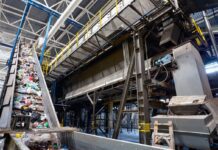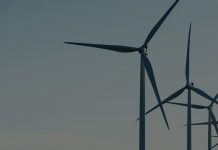
The US government has set out to accelerate its efforts to transition towards a clean vehicle future and address the climate crisis with a new proposal for federal vehicle emissions standards.
The standards are intended to enhance the air quality for communities across the country, especially those that have been heavily impacted by air pollution, the US Environmental Protection Agency (EPA) said on Wednesday.
The first set of proposed standards announced by EPA yesterday, titled “Multi-Pollutant Emissions Standards for Model Years 2027 and Later Light-Duty and Medium Duty Vehicles,” builds on EPA’s existing emissions standards for passenger cars and light trucks for MYs 2023 through 2026.
They also bolster rapid advancements and investments in clean vehicle manufacturing, including investments in domestic manufacturing in the Inflation Reduction Act.
The EPA claims that these proposals would avoid nearly 10 billion tonnes of carbon dioxide emissions, which is equivalent to more than twice the total US CO2 emissions in 2022.
“By proposing the most ambitious pollution standards ever for cars and trucks, we are delivering on the Biden-Harris Administration’s promise to protect people and the planet, securing critical reductions in dangerous air and climate pollution and ensuring significant economic benefits like lower fuel and maintenance costs for families,” said EPA Administrator Michael S. Reagan.
“These ambitious standards are readily achievable thanks to President Biden’s Investing in America agenda, which is already driving historic progress to build more American-made electric cars and secure America’s global competitiveness.”
The proposal retains the proven regulatory design of previous EPA standards for light-duty vehicles but taps into the advances in clean car technology to further reduce both climate pollution and smog- and soot-forming emissions.
The EPA’s proposed standards are designed to allow manufacturers to meet the performance-based standards that work best for their vehicle fleets.
The standards are also expected to drive the widespread use of filters to reduce gasoline particulate matter emissions and spur greater adoption of CO2-reducing technologies for gasoline-powered vehicles.



















